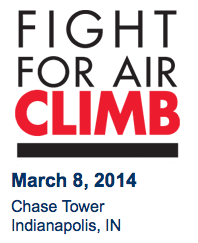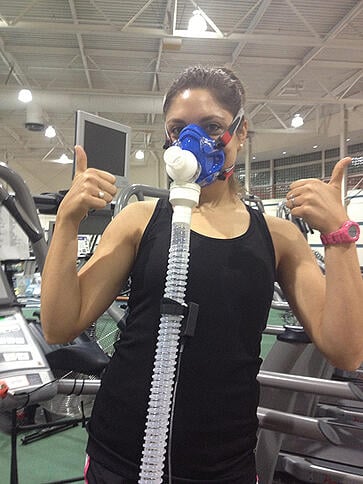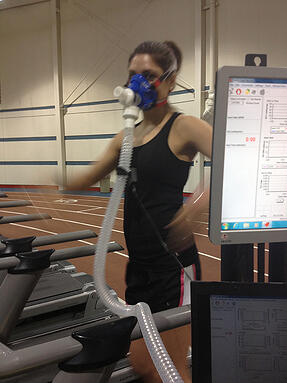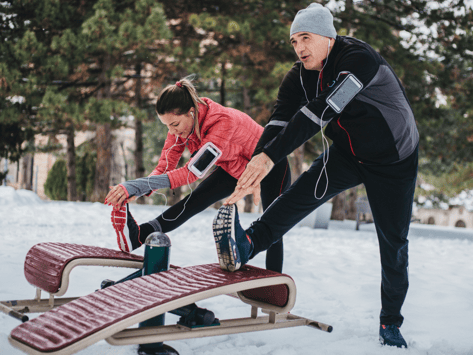 Taking my workouts outside is an easy way to soak up the benefits of nature and switch up my normal gym routine. That being said, I understand that exercising outdoors isn’t exactly the same as exercising inside, and there are some necessary precautions I always take into consideration when completing my outdoor workout.
Taking my workouts outside is an easy way to soak up the benefits of nature and switch up my normal gym routine. That being said, I understand that exercising outdoors isn’t exactly the same as exercising inside, and there are some necessary precautions I always take into consideration when completing my outdoor workout.
1. Map My Route Ahead of Time
I am probably the worst person to ask for directions. The GPS was invented for people like me, and I am so thankful to have one with me at all times (thanks to my phone!). Whether I am going for a jog, bike ride, or walk, or completing an outdoor circuit workout, I always make sure to plan my route ahead of time (so I don’t get lost) and show someone else the route I will be taking. This way, if I do get lost or injured, or am not home when I expected to be, someone knows where to find me.
2. Bring My Cell Phone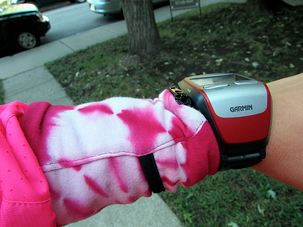
Yes, it’s cumbersome and I would prefer to feel “free” and not have it with me while running outdoors, but I know that if I were to fall, or get lost, or for some reason I wasn’t able to make it back home, I could give someone a call to help me. I keep it in my Sprigs Banjee Wrist Wallet so I can listen to music or a podcast, or I keep it in my SPIbelt. Either way, it allows me to keep my hands free. I also have an ICE (In Case of Emergency) number in my phone. I have heard that emergency professionals are trained to look for an ICE number in cell phones to notify a loved one in an emergency situation.
3. Carry an ID
I always carry an ID with me, but that doesn’t mean I always bring my driver’s license along. My Road ID bracelet is the perfect running accessory that contains my name, my husband and parents’ names and contact information, and my age—all important things “just in case” there is an emergency. I love that it is on my  wrist and I often forget I am wearing it because it is so lightweight and comfortable.
wrist and I often forget I am wearing it because it is so lightweight and comfortable.
4. Beware of Dogs
Recently, a coworker and fellow NIFS employee who is a runner informed me that one of her friends was attacked by a dog while running. Hearing her story really got me thinking, because luckily I have not come into a negative encounter with a dog while running. Here are some canine safety tips I keep in mind when running and exercising outdoors:
- Do not run from the dog; this can stimulate the animal.
- Stand perfectly still with hands and fists close to the body.
- Don't yell or say anything.
- Don't look the dog in the eye; this can be threatening.
- Do not use mace on an animal; it is not strong enough and will upset it more.
5. Wear Reflective Gear
When running in the evening or in the early morning while the sun is rising, I always make sure to wear some sort of reflective gear. I prefer to choose clothing that has the reflective gear “built in,” but you can easily purchase reflective vests to wear over your clothes. Wearing reflective gear makes it easier for cars and bicyclists to see me when I am coming their way, which makes me safer while getting my outdoor workout on.
6. Check the Weather
The weather often dictates whether I take my exercise outside or keep it indoors. If it’s raining, chilly, or super hot, I will opt for an indoor workout. That is, unless I am training for a race. Often when I am training for a race I will head outside to train in less than ideal conditions. Exercising in the elements may seem intimidating, but when I am dressed properly I can go out in all kinds of weather! When dressing for cooler weather, I always layer my clothing. This helps trap the heat in and gives me the option to get rid of some clothing articles if I get too warm. That being said, if the roads are dangerously icy, if a rain storm brings thunder and lightning, or if there is a heat warning I will always pick safety first and move my run to the indoor track or treadmill.
7. I Don’t Blast My Music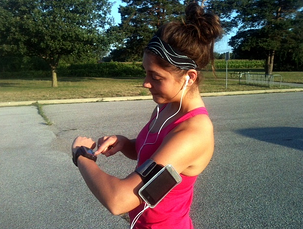
I love listening to music and podcasts while I run and exercise because they really help me enjoy the workout even more than I already do. While I love listening to my music and podcasts, I make sure not to blast the music so I can hear oncoming cars, people, bikers, and anything else that I may not be expecting to come my way. I know how easy it is for me to “get in the zone,” but I try to stay as alert as possible when exercising outdoors, especially if I am not with a buddy.
What are some of your tips for staying safe during your outdoor workouts? Share them here.
This blog was written by Tara Deal Rochford, NIFS Membership Manager and a group fitness instructor. Author of Treble in the Kitchen. Meet our other NIFS bloggers.



 For shin splint prevention, begin a stretching routine that includes standing calf stretches (shown to the right using a slanted service), Achilles tendon stretches (shown using a towel for better range of motion), as well as a well-rounded dynamic warm-ups.
For shin splint prevention, begin a stretching routine that includes standing calf stretches (shown to the right using a slanted service), Achilles tendon stretches (shown using a towel for better range of motion), as well as a well-rounded dynamic warm-ups.

 a hefty task. If this is your first time training for a half marathon, and the thought of running 10-plus miles seems a bit daunting, you are not alone.
a hefty task. If this is your first time training for a half marathon, and the thought of running 10-plus miles seems a bit daunting, you are not alone. Sometimes when I am running by myself, a little voice inside my head starts to doubt that I can finish the long run I set out to complete. When I bring a friend along with me, she encourages me the entire way…even if she doesn't know it! Sometimes, just knowing someone else is running with me really helps me push through.
Sometimes when I am running by myself, a little voice inside my head starts to doubt that I can finish the long run I set out to complete. When I bring a friend along with me, she encourages me the entire way…even if she doesn't know it! Sometimes, just knowing someone else is running with me really helps me push through.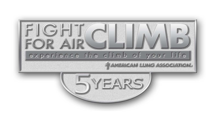 meeting or were struck with a sudden burst of energy. Your legs probably began to tighten up and burn a little. Your heart rate suddenly climbs and you begin to consume more and more oxygen with every step. You have to, your body is craving oxygen to supply a rich blood flow to the working muscles so you can get to that meeting on time.
meeting or were struck with a sudden burst of energy. Your legs probably began to tighten up and burn a little. Your heart rate suddenly climbs and you begin to consume more and more oxygen with every step. You have to, your body is craving oxygen to supply a rich blood flow to the working muscles so you can get to that meeting on time.